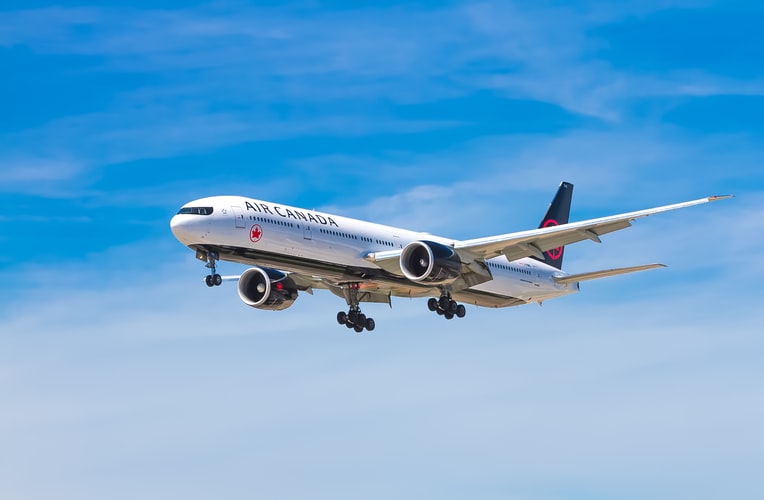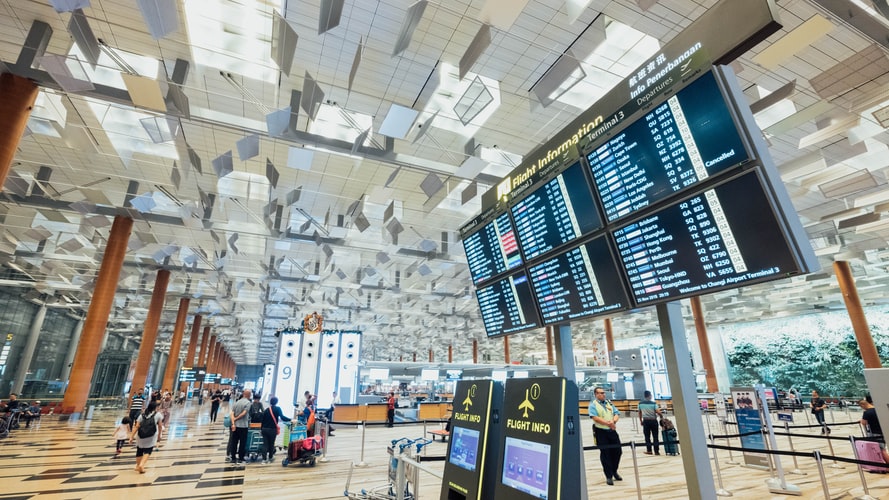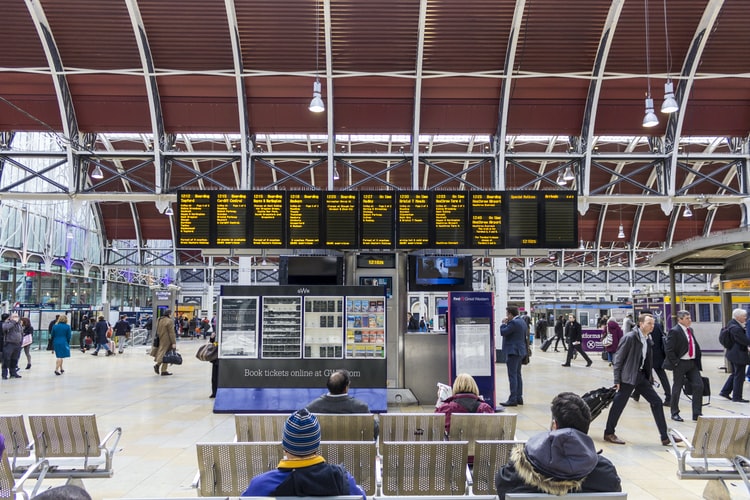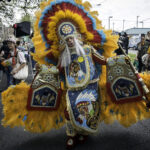As a fresh year begins, travelling might look a lot different for both travellers and the aviation industry. Voice back Analytics in partnership with The Moodie Davitt Report has brought forth what the international travel and aviation industry would look like to and fro India in 2021.
The world came to a standstill as the pandemic escalated, and aviation saw a major hit as travellers chose to travel lesser and safer. Voice back Analytics, Bengaluru based data analytics company, partnered with Moodie International, publishers of The Moodie Davitt Report, to present a report on post-COVID-19 International Air travel out of India – keeping in mind Behavioural Changes and impact on Travel Retail revenues by studying and estimating traffic and revenue shaping the International Aviation Industry in 2021.
Research Mode
• 2,000 respondents in major Indian cities that contribute to 94% of outbound travel from India across Mumbai, Delhi, Chennai, Kolkata, Bangalore, Ahmedabad, Cochin, Hyderabad, Calicut, Trivandrum, Trichy and Amritsar.
• The research was conducted amongst those who have made at least one international air travel out of India in the past one year.
• This quantitative research was conducted through face-to-face interviews using an online web link to record data entry amongst the target audience.

Audience Profile
• Respondents were both Male (61%) and Female (39%) – in line with passenger profile coming out of India.
• 75% respondents were married individuals.
• Income level demographics was well spread with monthly Household Income ranging from USD 570 to USD 1500 (INR 39,528 to INR 1,09,778).
• Occupation profile of the respondents includes executive/business/industrialists who travel mostly for business; students who travel for attending graduation/post-graduation in US/Europe and Housewife and Self Employed professionals who mostly travel for pleasure and holidays.
Focus Area of Report
• Impact of COVID-19 risk by product category in Travel Retail.
• Impact on turnover of aviation business (Airlines, Airports, Retail, Duty free, etc.) by product category.
• Future of Retail Design and importance of technology in developing non-human interaction aspects to the environment.
• Usage of self-operated applications or robotic dispensers over human intelligence
• Change of travel destination choices for Indian vacation passengers
• Changes in consumer purchase behaviour/perception resulting from the global surge in e-commerce usage and retailer deployment
• Breakdown of travel retail by leisure and business travel in terms of the impact from COVID-19.

KEY FINDINGS OF THE REPORT
Income of Travellers
COVID-19 has impacted the incomes of international travellers which would impact their behaviour of travel over the coming year. While almost half of the travellers have said that their incomes have dropped post-COVID-19 hit, almost one-third of respondents have reported no impact on their incomes. With negative impact on income and the disposition to travel, the report reveals:
• 17% Travellers from India ready for International Travel
• 14% Travellers already travelling domestically
• 37% Travellers open to domestic air travel
Travel in 2021
Air Travel would resume in phases with passengers of different risk profiles travelling at different points.
The first group includes those who are ready to travel now, next are the ‘undecided’ – who would travel if necessary, the third are the ‘Vaccine Watchers’ – who would travel when a vaccine is available and the fourth are ‘COVID-19 watchers’ – who would travel only when COVID-19 is firmly under control. Simulating the responses, the research brings up the following:
• 83% Drop in International Travel
• 44% Drop in International trips in next year post-COVID
• 33% Drop in Domestic trips in 2021
• 25% Drop in the share of BUSINESS amongst International trips from India
• 10% Growth in the share of PERSONAL amongst International trips from India.

Travel Behaviours
Risk concerns are high amongst the travellers from India – the traveller will come back looking for contactless operations. An increase is expected in the use of self-check-in kiosks, automated/robotic dispensers, pre-ordering and collecting, making purchases on the app, and collecting at the counter. The decline is expected in the use of Airport Trolleys, Check-In luggage facility, and staff interaction. Safety measures like travellers and staff wearing masks, sanitizing stores and products will make them feel very safe.
• 23% Increase potential in the usage of self-check-in kiosks
• 60% Drop in travellers using airport trolleys in airports
• 50% Drop in travellers using checking in luggage facility in airports
Shopping at Airports and Duty-Free
Safety perception associated with Shopping at Airports and Duty-Free is moderate with only 37% consider buying these categories unsafe. The acceptability to testing is low, particularly if accompanied by any human interaction. Openness to buying cosmetic products is lukewarm amongst international travellers from India: testing cosmetics/fragrances and interacting with make-up artists is very low. Most international travellers from India do an online searches before making significant purchases at the airport – for many, this is done from within the airport. Disposition to spend on purchasing liquor is much higher than average pre-COVID-19 time.
• 37% of travellers consider buying listed products (MEAN) in the airport UNSAFE
• 44% of travellers consider buying liquor in the airport duty-free UNSAFE
• 33% of travellers consider buying chocolate in the airport duty-free UNSAFE
Manishi Sanwal, Managing Partner, Voiceback Analytics, and the man behind the report concludes, “Despite the fears of COVID waning, it would take some time for Travel Retail in general and International Travel Retail in particular to recover. The year 2021 would see a big drop in passengers traveling, however average trips per person would increase to give some upside. The travel retail industry would have to be creative, innovative and aware of the new normal to ensure that they maximize their spending on this reduced number of travellers. There are different kinds of travellers as per their risk perception. These would travel at different points of time and would have different demand and expectation from the retailer.”
TRAVEL TRENDS FOR 2021
At reduced traffic, there would be pressure on the retailer leading to a more demanding customer. The buying behaviour would change drastically with a sudden acceptance of contactless protocols like Pre Order, Webshop Pre Order, Robotic Dispenser, reluctance to stand in a queue, etc. Brands that rely on the physical interaction of a makeup artist or a promoter to upsell the product would have to redraw their sales techniques since passengers would avoid person-to-person contact. The customer would have also found alternate channels e.g webshop during the shutdown to source their products. These would also compete for a share of the wallet of duty-free and travel retail customers. Brands and Retailers who are aware of these changes and consciously working to develop alternates would succeed as and when international travel opens up.












